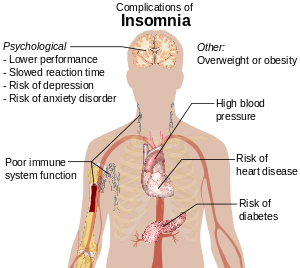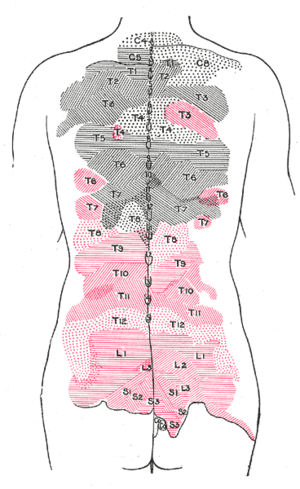By Dr. Dave Edenfield
When it comes to chiropractic
care, most people wait until they are walking wounded to seek help. But what I would like to point out is that
this isn’t the only or indeed best time to work with a chiropractor. Instead of looking at your friendly, local
chiropractor as an ends to a means of dealing with pain or injury, I would like
to recommend that you continue treatment once the pain is gone.
Why? Let me put it this way. Do you take your car to an auto mechanic only
after it breaks down or is involved in an accident? I hope not.
You also take the car in for routine and preventative maintenance, such
as changing the oil, rotating the tires and inspections of various moving parts
every 10,000 miles. The reason you do
this is to keep your car running better over the long haul. A well-maintained car costs far less to
operate than a poorly maintained one.
In essence, the human body is
a machine. It has a lot of moving parts
that can wear out over time. Just like
your car, it performs better if it is well-maintained. Many people spend a lot of money on
nutritional supplements, work out routines, organic vegetables and diet plans
that are designed to improve the body’s overall performance and increase their longevity. However, what most people do not take into
consideration is the fact that every part of the body is ultimately controlled
and regulated by the central nervous system.
In a nutshell this is what
chiropractic medicine is all about: repairing and maintaining a healthy central
nervous system. What patients see is
that their chiropractor performs spinal adjustments along with muscle and
tissue treatments that make the pain go away.
What they don’t realize is that by restoring better spinal health, their
chiropractor has also made it possible for the nerves that carry signals to the
entire body to perform their duties better.
This in turn assures that everything from chemical and hormone delivery,
to cardiovascular regulation, blood sugar levels and immune response is also improved.
This isn’t a mere medical
opinion. It has also been proven in a
number of scientific studies. In one
study published in 2011 in the journal Spine, a placebo controlled, double
blind study tracked the treatments of three groups of 60 patients for ten
months. All of the members of the group
reported nonspecific low-back pain lasting at least 6 months prior to treatment.
According to the article,
patients “were randomized to receive either (1)12 treatments of sham SMT
over a 1-month period, (2) 12 treatments, consisting of SMT over a 1-month
period, but no treatments for the subsequent 9 months, or (3) 12
treatments over a 1-month period, along with “maintenance spinal
manipulation”
Results revealed that “patients in
second and third groups experienced significantly lower pain and disability
scores than first group at the end of 1-month period. However, only the third group that was
given spinal manipulations (SM) during the follow-up period showed more
improvement in pain and disability scores at the 10 month
evaluation.”
The study’s authors conclude: “SMT is
effective for the treatment of non-specific lower back pain, To obtain long
term benefits the study suggest maintenance SM Therapy, after the initial
intensive manipulation Therapy.”
Best of all, a preventative
maintenance checkup by a chiropractor is a great way to nip potential
problems
in the bud. A checkup will include
everything from a spinal examination to a posture analysis that will identify
any spinal irregularities that can restrict movement and nerve impulses. While correctable, spinal misalignments can inevitably
lead to everything from impaired motion to pain and other health problems. Far from being expensive, having periodic
preventative maintenance checkups can actually save you money, since ignoring potential
health problems can result in loss of income due to time missed at work.
Plus, if you are into leading
a healthy lifestyle, consulting a chiropractor can also have added benefits since
chiropractors are also trained in nutrition and exercise. Who better to consult
on lifestyle changes or nutritional supplements than a trained medical
professional?
So, if you are looking to
improve your quality of life and are already investing time and money in
creating an environment that helps you live healthier, call your local
chiropractor to schedule a maintenance checkup today. You’ll feel much better once you do.
Dr. Dave Edenfield and Dr. Steven
Warfield are part of the team of doctors and
therapists at http://chiropractor-jacksonville-fl.com and http://endyourpain.orgwho
are dedicated to helping you and your family lead
healthier, happier and pain-free lives.















